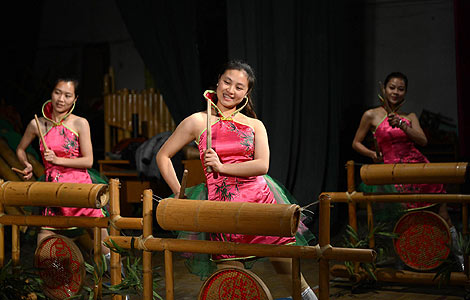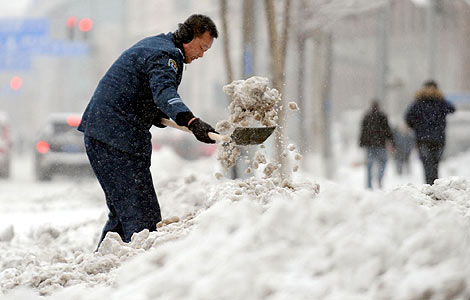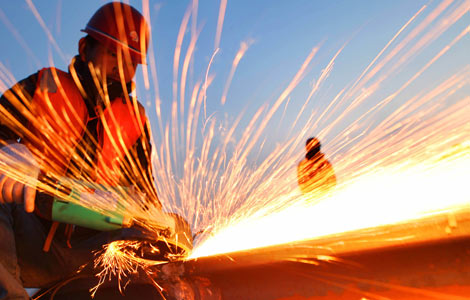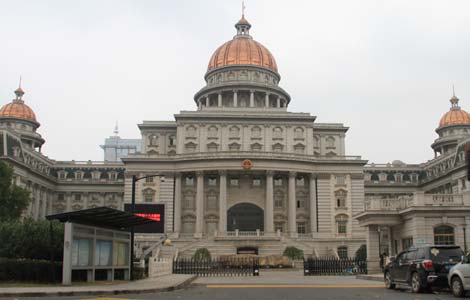
A run-down housing complex that once housed some of China's greatest scientific minds could be saved from demolition after lobbying from the public and experts,Beijing Morning Post reported.
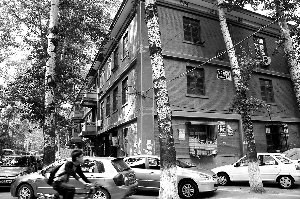 |
|
The dilapidated staff dormitory complex that once housed China's famous scientists, Sept. 24, 2012. [Photo/ Beijing Morning Post] |
The staff dormitory complex in the grounds of the Chinese Academy of Sciences in Beijing has become neglected and was earmarked to be bulldozed.
Its former residents include pioneers of Chinese space technology Zhao Jiuzhang and Qian Xuesen, nuclear physicist Qian Sanqiang and famous physicist He Zehui.
They all lived in the dwellings in the mid 1900s when they were at the top of their fields, but the move by local planners to flatten the complex sparked controversy from conservationists and academics.
The Beijing Association for Science and Technology (BAST) submitted a proposal during the Fifth Session of the Eleventh Beijing Municipal Committee of the Chinese People's Political Consultative Conference, calling for the preservation of the three dormitories in tribute to the former scientists who lived there.
Members of BAST campaigned that the buildings once housed a lot of innovative minds who made remarkable contributions to the development of technology.
Space physicist Zhao Jiuzhang, who died in 1968, drafted the first proposal for China to launch its own artificial satellite. Nuclear physicist Qian Sanqiang, who died in 1992, put forward the idea of developing the country's nuclear weapon.
"It is rare in the world to find a residence that housed such a great number of prominent scientists," said Xia Qiang, vice president of BAST.
Throughout the 1950s and 60s, the dormitory building housed a number of domestic scholars and scientists as well as those who returned from overseas.
Today, the building stand unguarded and dilapidated due to lack of maintenance, no sign indicates its historic significance.
"In old days, the three dormitory buildings had the best living condition among the staff dormitory complex," said Mrs. Yu, whose husband works at the CAS, "each apartment had several spacious rooms with floors made of red pine. But nowadays, they get decrepit and rent to people who are not the staff member of CAS."
Having received the proposal delivered by BAST, the government of Haidian District in Beijing chaired a number of discussions with cultural heritage departments and experts.
The local government agreed to preserve one of the buildings as it was in the best condition and housed the biggest number of scientists. Further evaluation will be conducted on the other two properties.
"The government should conduct conscientious research into the special role these three buildings can play," added Xia Qiang, "if all three can eventually be preserved, some rooms can be restored to their original condition and others can be renovated into an exhibition zone of China's scientific development."



